Folded team members Marisa, Hannah, Arran, and Bethan discuss the concept of movement.
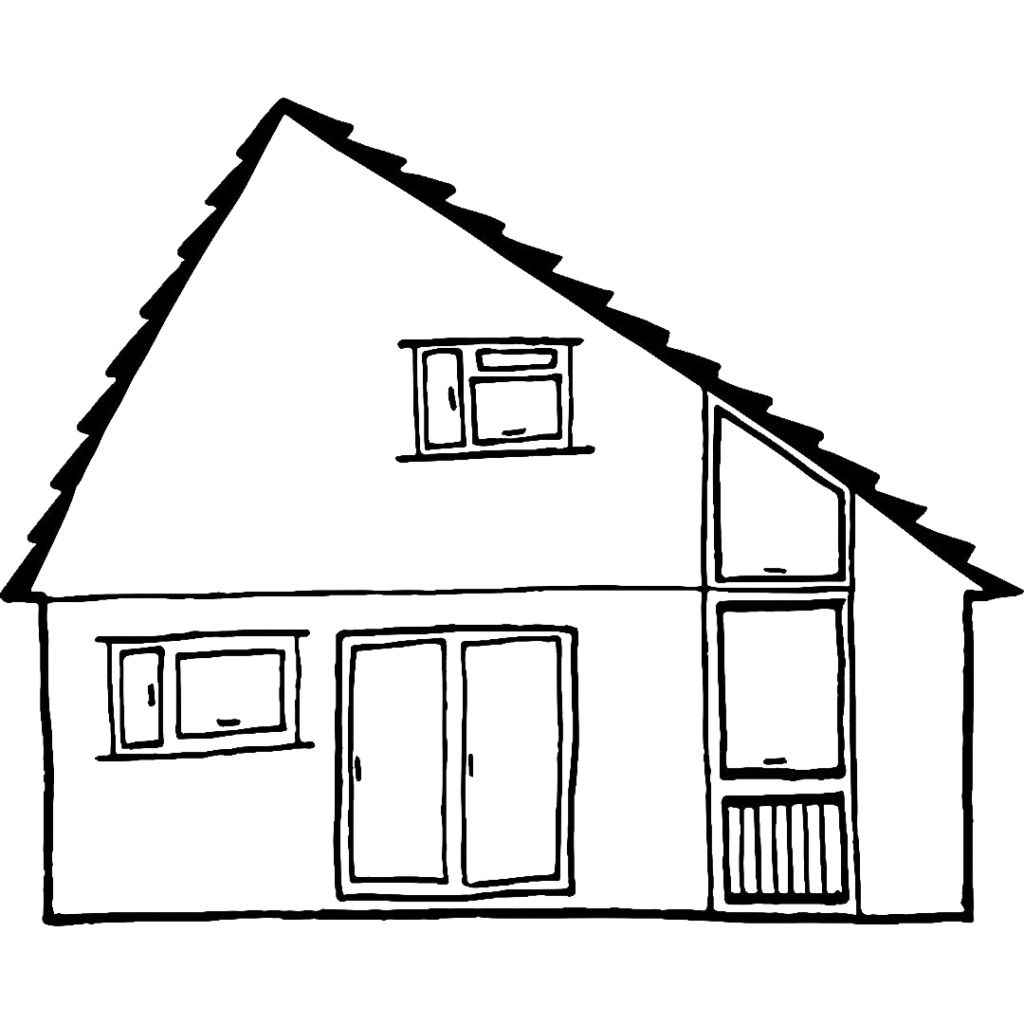
Movement has taken many significant forms in my life. Moving house has meant emancipation. Finding ways to express my body physically has helped unlock emotions and creativity that I’ve never before experienced. This is going to maybe sound like a weird story, but when I was little I used to walk (and run) on all fours as much as I did on two legs. Animals have always been a special interest of mine, and the first ‘job’ I ever wanted was to be a dog (specifically a Dalmatian). At secondary school, I quickly found out that this was not acceptable… And so my long journey with autistic masking began. I shut down physically and verbally, basically sitting the whole day as still and as silent as I could (this is why I have an opossum tattoo if anyone was wondering). This is not the only movement that I have been ridiculed for. I have always danced in an odd way, so stopped that too, and I have physical stims that others apparently feel uncomfortable around like hand flapping and flicking. So all of this built up inside me over the years, all of this canned movement pent up like a tiger in a cage.
A lot of creatives in this issue have explored how physical movement can help you move through mental anguish- and it is true. Physical movement has unlocked a joy and a creative flair in me which I never knew was there. The healing properties of movement were made clear to me when I found yoga, but the most influential movement I have found is my aerial practice. For those who don’t know me, I practice pole, aerial hoop, and silks- and they are my obsession. I’ve always been fascinated with the circus and now I can be that performer every week. Someone once described it as me coming out of my chrysalis like an emerging butterfly and learning to fly- which I really liked, because what some may say is a cliche metaphor, I would say what’s more iconic than this creature’s transformative growth?
So that’s one of the reasons I decided to move all of my ‘art account’ on Instagram onto my ‘personal’ one (which mainly consists of aerial photos), because these two forms of creativity should not, and cannot, be separated for me.
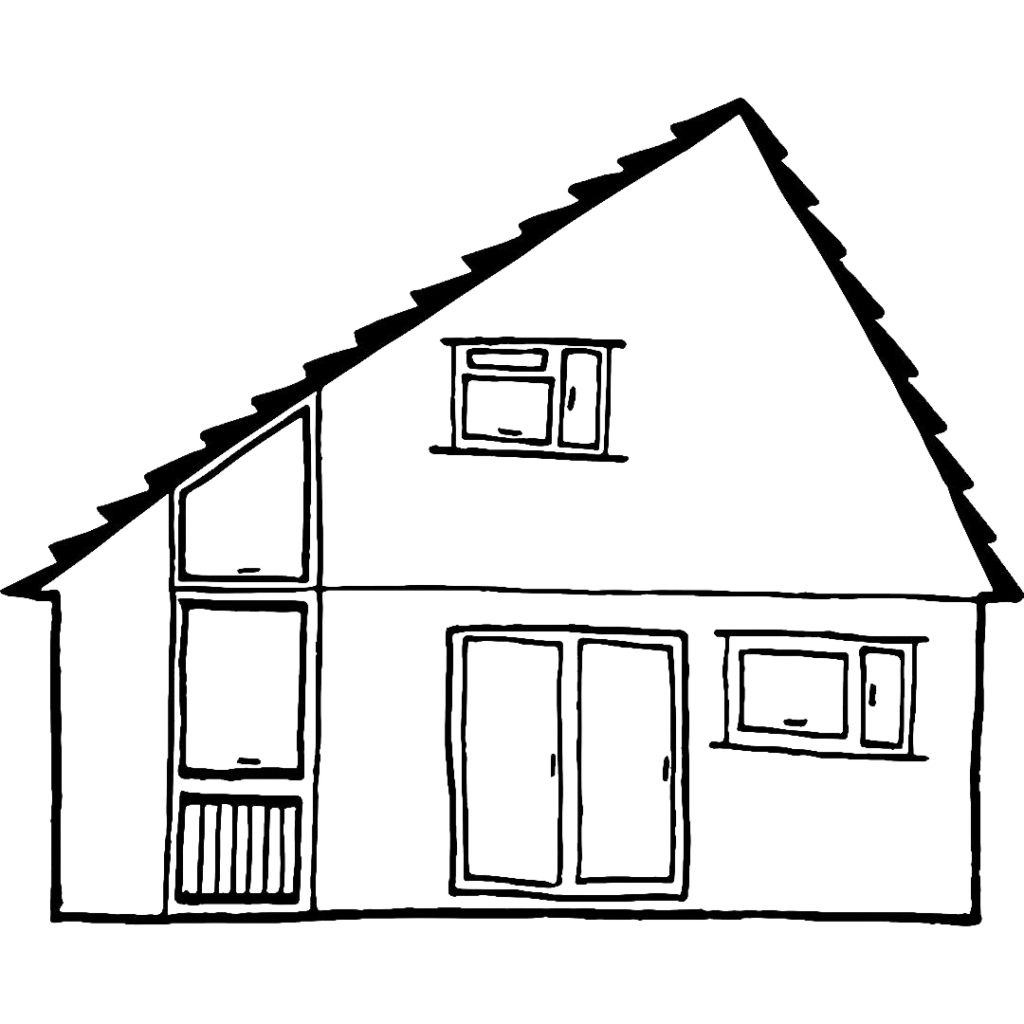
I’ve experienced a lot of change in my life recently, and therefore a lot of emotional movement and shifts. It’s been hard. So most of my work at the moment observes the physical making with my hands, which makes tangible emotions, thoughts, and memories so that I can literally and physically move through them- with a pair of scissors, a needle, with glue, with a paintbrush.
So this is what ‘movement’ means to me personally at the moment: it means growth, and sometimes this is painful, but it is always necessary. We can’t stay still.
Yes, as Ferris says, we should stop and look around once in a while as life moves pretty fast, but we must always continue to grow and adapt. Allow ourselves and others to do this. Allow ourselves to experience movement in all its wonderful forms. To be curious about it. Because I think the wonderful thing about movement is that it can’t really be defined. It can’t be pinned down. It is slippery like a rabbit slinking under a fence. It is uncontrollable. And therefore it is free.
– Marisa
Movement is one of those really broad topics that you can apply to your life in any number of ways. It’s impossible not to: In the crudest possible way, we are living beings, and “MOVEMENT” is one of the prerequisites for defining life.
As sentient life forms, and the self-professed only animals with the ability to grasp metaphors or dream up imaginary concepts (a debatable claim), it only makes sense that we would try and get philosophical about what it means to move. And what does it mean to move? On a micro-level, we are constantly in motion: Our stem cells are surveying, replacing and growing. Our gut microbiome is blooming. Our mitochondria (the powerhouse of the cell, if anyone remembers their year 8 biology classes) are doing that wiggly dance. Even on an atomic level, electrons are orbiting nuclei, and the Higgs Bosons are doing… something. Probably. I am not a scientist (apologies to anyone who is, who found that description embarrassingly inaccurate).
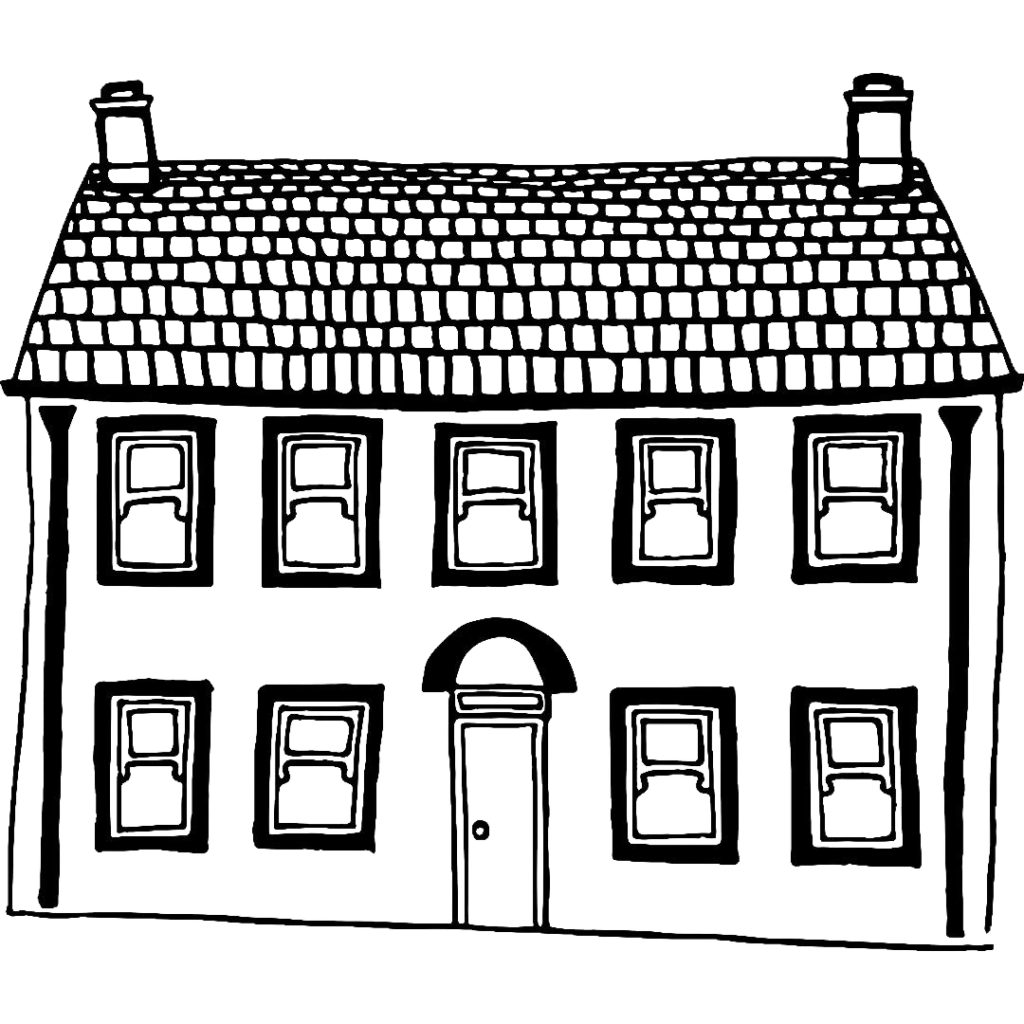
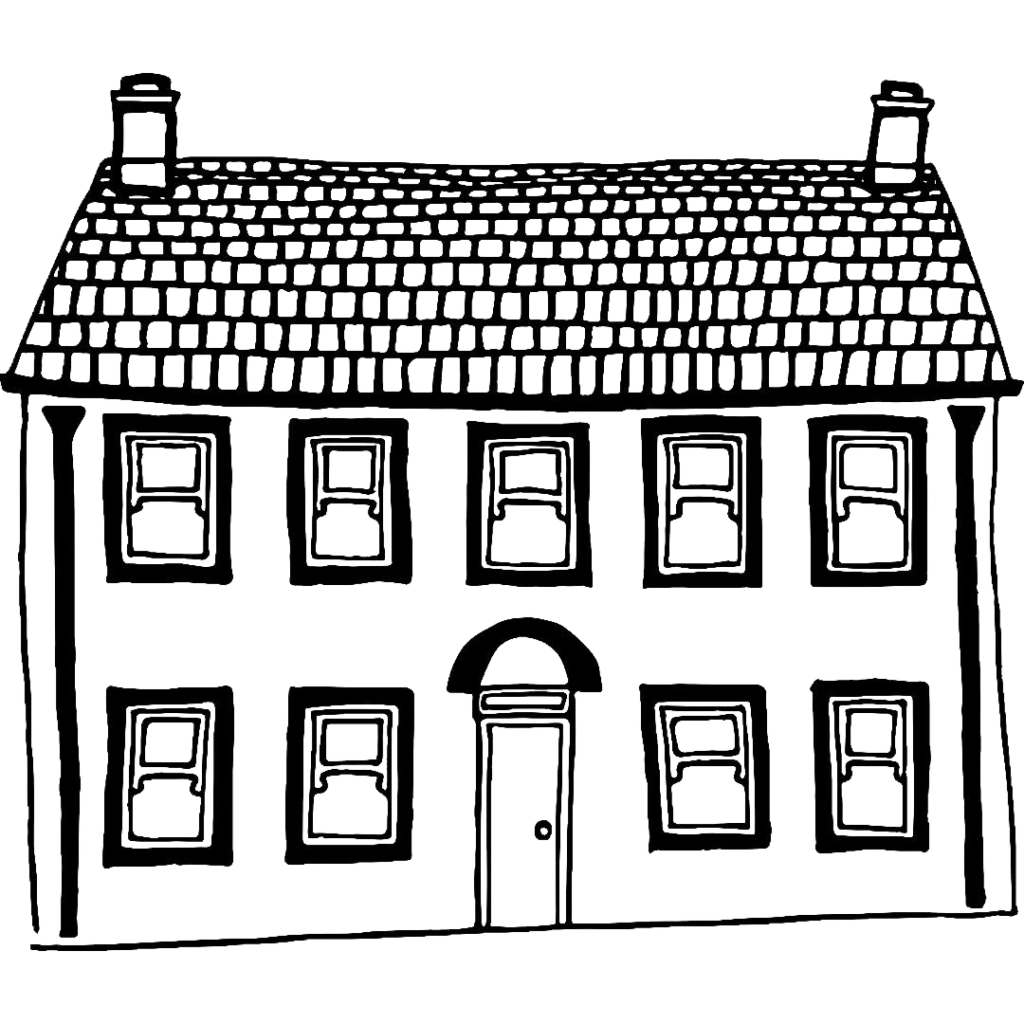
My interest in the human body has arisen from the fact that I myself am going through one of the most significant biological processes a person with a uterus can go through: I am pregnant. My husband and I have tracked the growth of this tiny human from being the size of a grain of rice at 5 weeks, to now at 14 weeks, being the size of a pear. Over the course of 8 weeks, our baby has gone from being a pulsating blob, to being a very small human with arms and legs, and a face. It wriggles, sucks its thumb and dances, most likely unaware of the huge changes occurring in its body and all around it, experiencing only this moment, now this moment, now this one. Movement is a prerequisite for life, and my baby is most certainly alive.
I still remember how magical life felt as a young child: The mysteries of literally everything, the sparkling cold excitement of early December, leaving letters for the fairies under a rhododendron bush, coming into school with a new haircut, the guilty joy of a sick day at home, the pure intensity with which absolutely everything was felt. I haven’t met the baby growing and living inside me yet, nor will I for some months, but I can’t wait to show them the magic and awe that exists in the world outside the womb.
– Hannah
When a hammerhead shark stops moving, it suffocates. Without motion or a strong current flowing into its lungs, it can’t get the oxygen it needs and it dies. It’s why you’ll find certain sharks in captivity, but never a hammerhead.
Although it’s not something to take literally in our own lives, there’s a lot of truth in it. Like hammerhead sharks, we too are creatures that need to keep moving. We move on from tragedy, move house when we grow, and sometimes we’re just moved.
It feels strange to tell someone, or even yourself, to “Just keep swimming” particularly when you find yourself trying not to sing it. But it’s the most important thing you can do for yourself. It’s the most important thing I have done for myself. To get up, shake my legs, and never stop swimming.
-Arran
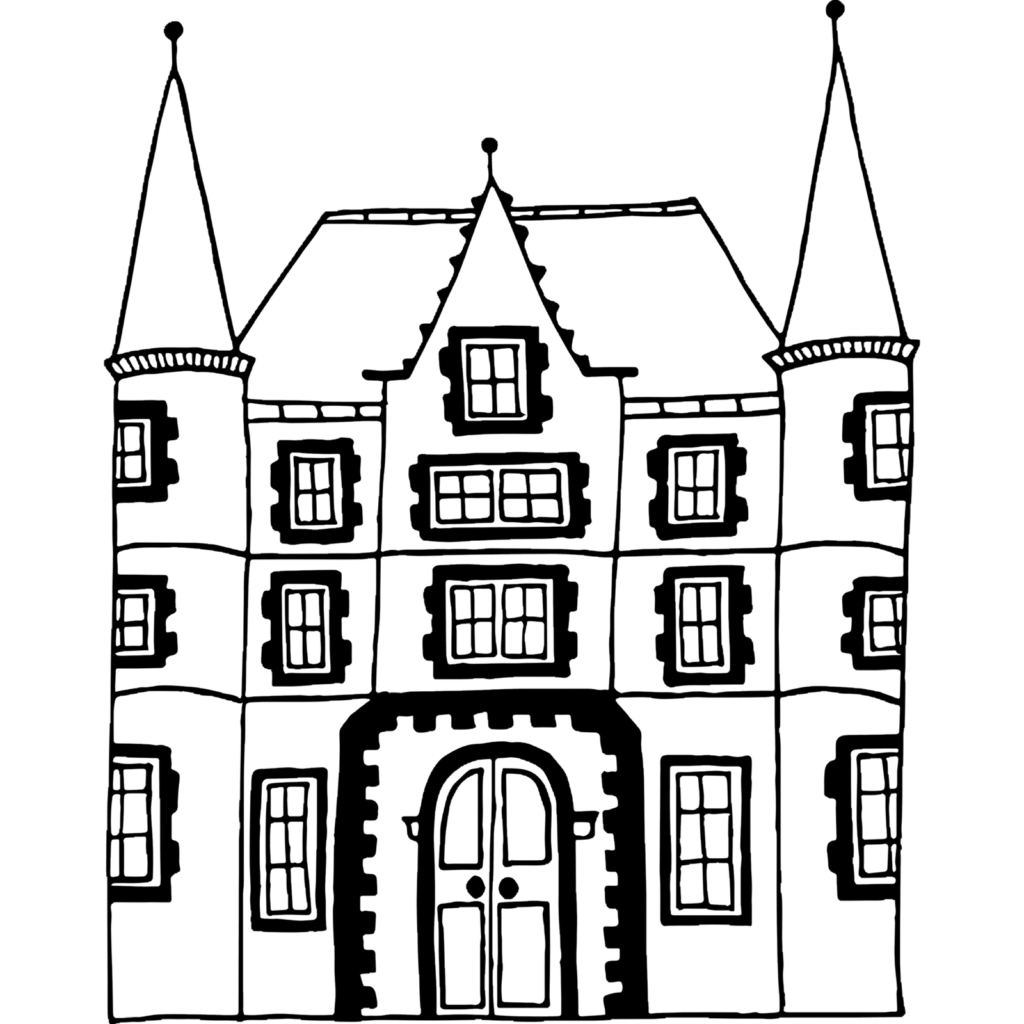
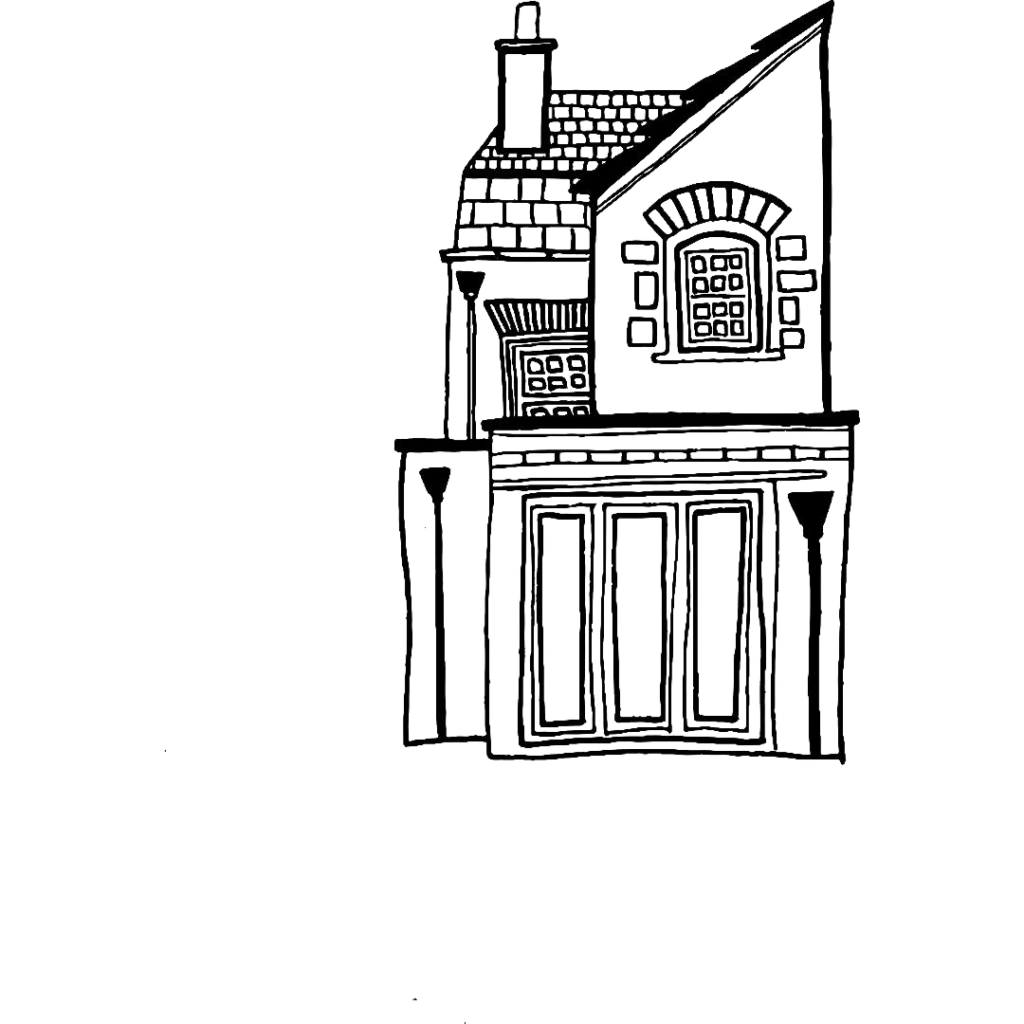
Movement. Freedom of movement. Restricted movement. Physical, locational, emotional, musical – can you think of any other kinds? Since lockdown began, and then after it opened up again, the artists who make up Folded zine have been making, marking, moulding, designing, drawing, dancing – Doing, regardless of current limitations in movement. Despite stifling rules and sometimes paralyzing fears, surrounding current affairs, uncertain futures, stop-start education programmes and stalling return-to-work strategies, we have all learned that to create, and to make, is to move.
The creative contributors are varied in age and location, background and education. Some of us have been to university and have returned home, with fresh perspectives, looking for change and progress in the places we once abandoned. Some of us are graduates now living here, in our more rural homes, looking to connect with local people and the landscape.
Some of us are still in school, feeling our way to find our true artistic purpose, while others are charging on, already visionaries with a unique point of view. Though moving at different paces, from various places and to destinations far and wide, what we all have in common is a quest: to belong and hold a place in an artistic community that reflects us, uplifts us, and connects us to our locality.
We’re celebrating a year of Folded’s success – during which we saw a brilliant band of young artists and makers, doers and shakers come together, from the most rural corners of Cumbria, to make movements in the area’s creative community. We’re creating our own opportunities and changing the face of our arts scene: in the faces of those established artists who once told us “You’ll never get famous, or make a career living around here, dear!”, we move.
-Bethan
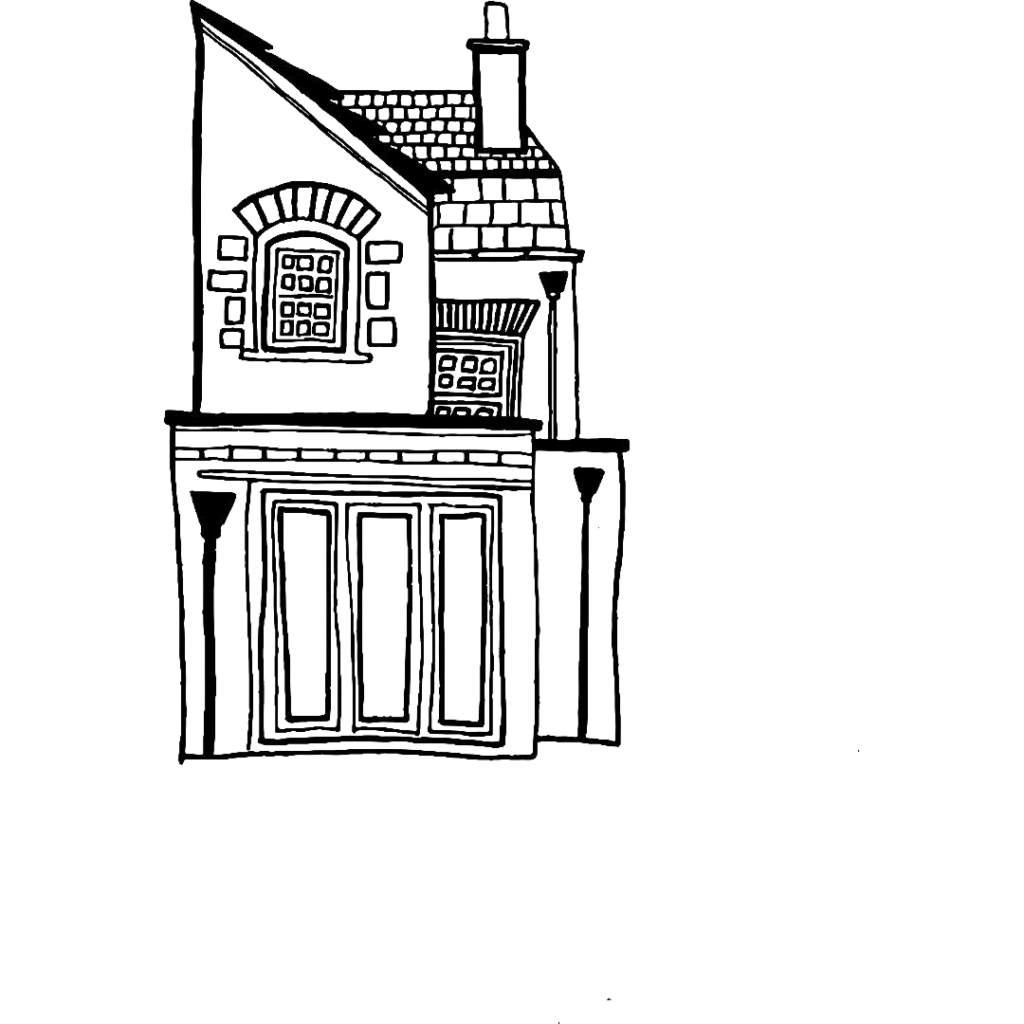
Marisa Crane / @marisacraneartist
Hannah Kessler / @hannahrkay
Arran Wylde-Eccles / @arranw_e
Bethan Thorsby / @sporadicillustration
Header by Marisa Crane
Spot illustrations by Chloe Speakman